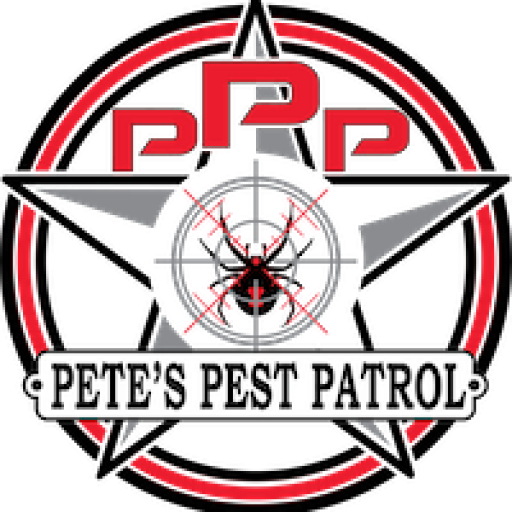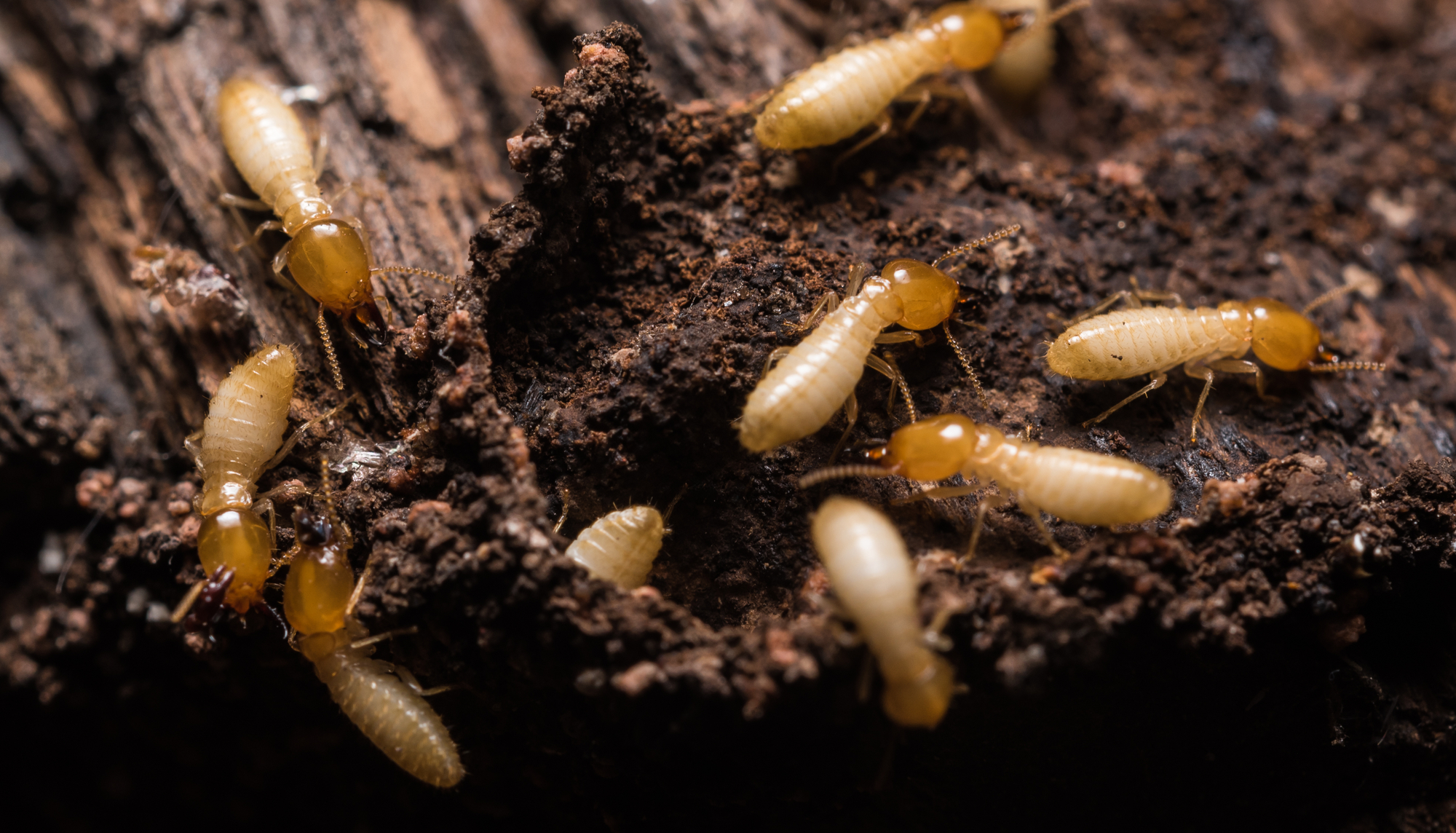Termites are notorious for their destructive impact on wooden structures, but what makes them so efficient at finding and consuming wood? Their sensory adaptations play a vital role in how they detect, navigate, and consume wood, allowing them to thrive in hidden areas.
Understanding how termites use their senses to identify food sources and navigate wood structures can offer valuable insights for developing effective removal and control strategies.
How Do Termites Use Their Senses To Detect Food Sources In Wood?
Unlike many other insects, termites are mostly blind and rely heavily on their other senses to find food. Their primary food source is cellulose, a component of wood and other plant materials, and they have developed specialized sensory mechanisms to detect it. Here’s a closer look at how they find wood:
- Chemosensory Detection: Termites use chemical receptors to detect the scent of cellulose in wood. These receptors are located on their antennae, enabling them to sense even trace amounts of cellulose in their environment. This powerful chemosensory ability guides them to potential food sources, even when the wood is buried or hidden within a structure.
- Pheromone Trails: Termites communicate with each other through pheromones, leaving scent trails to guide their colony members toward food. Once a termite identifies a food source, it releases pheromones to signal other termites to follow. This collective approach amplifies their success at locating and consuming wood quickly and efficiently.
- Moisture Detection: Termites are also sensitive to moisture levels, as they require a damp environment to thrive. They can detect moisture gradients within wood, which helps them locate areas that are more appealing for consumption. Wood that is damp or in contact with soil is especially attractive to termites, as it fulfills their moisture requirements and is typically easier to penetrate.
By using a combination of chemosensory detection, pheromones, and moisture sensitivity, termites can effectively locate food sources, making them particularly challenging to detect and remove.
What Sensory Adaptations Help Termites Navigate Through Wood Structures?
Once termites locate a suitable food source, their sensory adaptations enable them to navigate through wood effectively. Termites are social insects, and their success at tunneling through structures is largely due to their cooperative and highly organized behavior, driven by sensory cues.
- Tactile Sensitivity: Termites rely heavily on their sense of touch, particularly when navigating through dark, enclosed spaces within wood. Their bodies and antennae are covered with tiny hairs that allow them to feel their surroundings, which helps them maintain close contact with tunnel walls as they chew through wood.
- Vibrational Sensitivity: Research has shown that termites can sense vibrations in wood. This sensitivity helps them detect and avoid areas that might be structurally unstable, directing their tunneling efforts to areas that are safer to inhabit. Vibrational sensitivity is also thought to help termites detect the presence of other colony members, facilitating communication and coordination during their tunneling activities.
- Social Organization and Division of Labor: The colony’s division of labor allows different termites to focus on specific roles, with some tasked with food acquisition and others with colony protection and tunneling. This organization relies on sensory signals to maintain order within the colony, helping termites move as a coordinated unit.
These adaptations enable termites to navigate through wood structures efficiently and collectively, making their infestations particularly damaging. Their ability to detect and avoid unstable areas further highlights their sensory sophistication.
How Does Understanding Termite Navigation Improve Removal Strategies?
Effective termite control requires a deep understanding of how termites navigate and behave within wooden structures. By targeting the sensory mechanisms termites rely on, pest control strategies can be fine-tuned for greater effectiveness. Here are some ways in which this understanding is applied in removal strategies:
- Targeted Baiting Systems: Baiting systems are designed to exploit termites’ reliance on pheromone trails and their food preferences. Baits contain cellulose laced with a slow-acting toxin. Once termites find the bait, they carry it back to the colony, effectively spreading the poison. Understanding their pheromone-following behavior is key to placing these baits in areas where they are most likely to be encountered.
- Moisture Management: Since termites are attracted to moisture, pest control professionals often recommend moisture reduction strategies as a preventive measure. By fixing leaks, ensuring proper drainage, and minimizing soil-to-wood contact, homeowners can make their properties less attractive to termites. Pest control treatments may also focus on areas where moisture is likely to accumulate, anticipating where termites are most likely to thrive.
- Physical Barriers and Repellents: Understanding termites’ sensory reliance on tactile and chemical cues has led to the development of repellents and physical barriers that disrupt their navigation. For example, certain soil treatments can create an environment that termites find unappealing, discouraging them from building tunnels.
- Termite Detection Technology: Advanced termite detection devices, like acoustic sensors, use vibrational sensitivity to identify termite activity within walls. By mimicking the vibrations termites use to communicate and navigate, these devices help pinpoint infestations early, enabling faster and more targeted removal efforts.
By focusing on termite behavior and sensory adaptations, pest control professionals can design removal strategies that specifically target termite colonies’ survival and navigation habits.
What Role Do Termite Senses Play In The Effectiveness Of Pest Control Methods?
The effectiveness of pest control methods often hinges on how well they account for termite senses and behaviors. When removal strategies align with termites’ sensory strengths and weaknesses, they are more likely to disrupt colonies and minimize damage. Here’s how termite senses influence the success of various control methods:
- Chemically Treated Baits: Baits rely on termites’ chemosensory abilities, using their attraction to cellulose to deliver toxins. The effectiveness of these baits depends on how readily termites detect them, making placement and timing critical.
- Repellents and Non-Repellents: Non-repellent termiticides work by being undetectable to termites, who then unknowingly ingest or spread the chemical within the colony. Non-repellents are effective because they do not trigger termites’ chemosensory detection, allowing them to move freely into treated areas.
- Heat and Cold Treatments: Termites are sensitive to extreme temperatures, and some pest control methods exploit this weakness. Heat treatments raise the temperature in infested areas to levels termites cannot tolerate, while cold treatments involve freezing them. These methods are highly effective because they bypass termites’ sensory adaptations entirely, instead creating inhospitable environments.
- Vibration-Based Detection: Since termites are sensitive to vibrations, pest control professionals can use vibration-detecting devices to identify termite activity. Once activity is confirmed, treatments can be administered with precision, minimizing structural damage and preventing the colony from spreading further.
Effectively addressing termite infestations requires a multifaceted approach that takes termites’ sensory biology into account. By exploiting these sensory mechanisms, pest control professionals can make targeted interventions that significantly weaken termite colonies and reduce the potential for future infestations.
Termites’ sensory adaptations allow them to detect, navigate, and consume wood with remarkable efficiency, making them a formidable threat to structures. Their chemosensory detection of cellulose, sensitivity to moisture, reliance on pheromone trails, and ability to detect vibrations give them the tools to thrive in concealed environments. However, these same sensory abilities also offer valuable insights into developing more effective pest control strategies.
By understanding and targeting termite senses, pest control methods—from baiting systems to moisture management—can be fine-tuned for optimal effectiveness. Whether it’s through non-repellent chemicals, baiting techniques, or vibration-based detection, aligning removal strategies with termites’ behaviors and sensory limitations can lead to a significant reduction in infestation risks.
At Pete’s Pest Patrol, our expert team is equipped with knowledge and technology that uses these insights to protect your property, ensuring that termite infestations are identified and controlled before they cause lasting damage.
Protect Your Property from Termite Damage with Pete’s Pest Patrol
Don’t let termites compromise the safety and value of your home. With our specialized termite control services, Pete’s Pest Patrol uses science-backed strategies that target termite behavior for maximum effectiveness. Contact us today to schedule a thorough inspection and keep your property termite-free. Act now to prevent costly repairs and ensure your home remains safe and secure!

